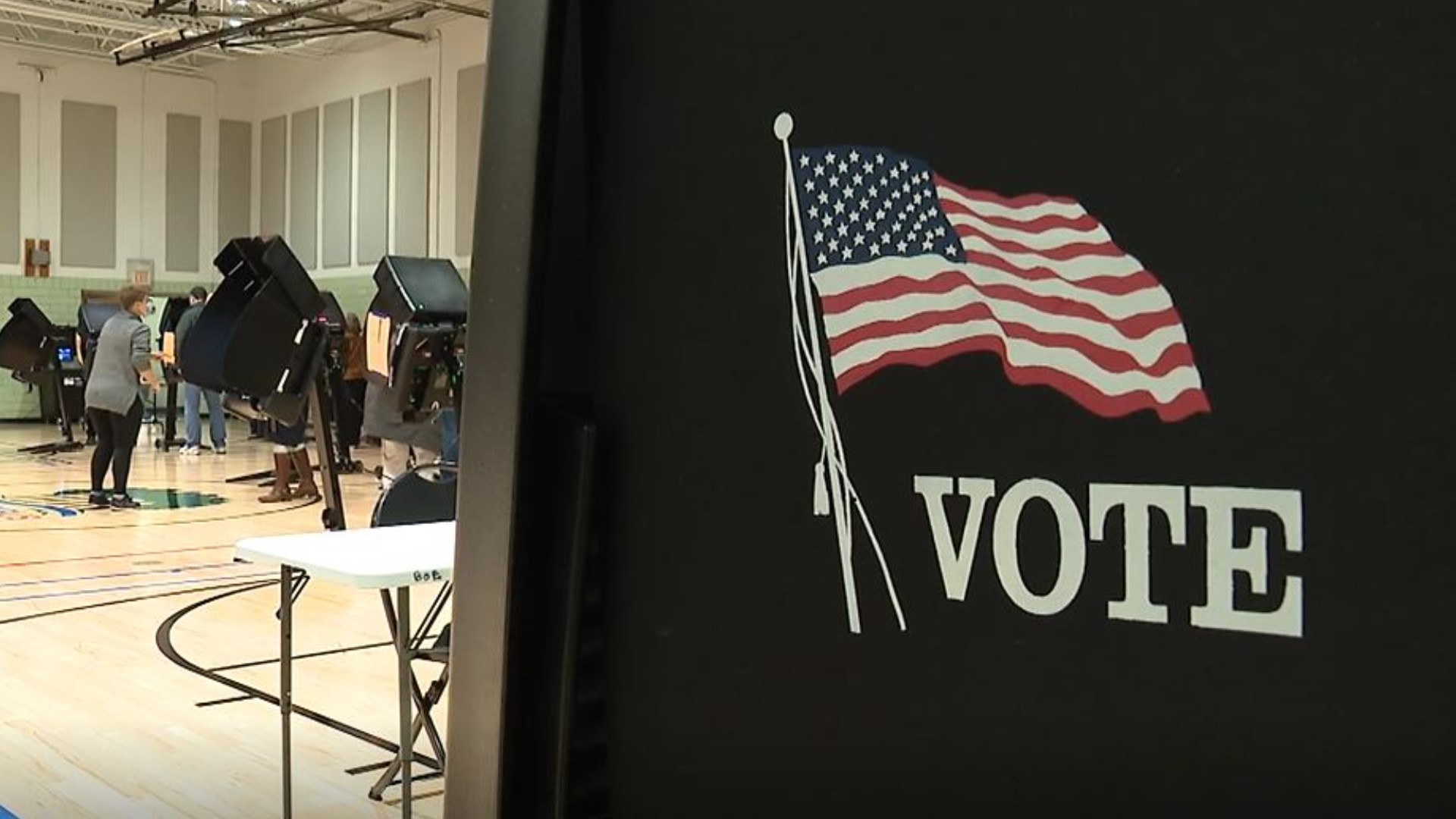COLUMBUS, Ohio — More than 50 years after major strides were made to secure voting rights and access to all, the topic is dominating national headlines once again.
And, Wednesday night, it came to a head with a vote in the Senate that served up a defeat for Democrats.
Lawmakers voted on the Freedom to Vote: John R. Lewis Act, a combination of two previous bills, the Freedom to Vote Act and The John Lewis Voting Rights Advancement Act.
The new bill would have restored the Voting Rights Act to full strength after recent Supreme Court rulings weakened it, to prevent discrimination among minority voters.
It also would have, among other things, allowed early voting for at least two weeks before Election Day, allowed voting by mail for any reason, outlawed partisan gerrymandering and required states with voter ID laws to expand acceptable forms of ID.
“Both the people who are pushing back against those restrictions and the people who are pushing those restrictions, both corners, voting rights has really become sort of a top priority,” said Sean Morales-Doyle, acting director for the Brennan Center for Justice.
The center is a nonpartisan law and policy institute connected to the NYU School of Law. Morales-Doyle says the mission is to strengthen, improve and defend systems of democracy and justice.
“I think it’s important for people to realize the crisis moment that we’re in, and I think it’s not the crisis that many people in this country have been hearing about, that the 2020 election was rigged, that is a lie,” he said.
Morales-Doyle says the real crisis facing the country is that states are enacting laws to make it harder for people to vote and spreading the lie that the 2020 election was rigged.
“There’s no doubt in my mind that all of this restrictive legislation that is being passed around the country – 34 new laws passed last year to restrict access to voting around the country – that those are addressing, those are solutions to problems that don’t exist,” he said. “States like Georgia and Florida that had, for a long time, had pretty expansive access to voting by mail started restricting access to voting by mail immediately after they saw this huge shift of more Black voters making use of voting by mail in those two states.”
Catherine Turcer, executive director of Common Cause Ohio, agreed that there is a false belief that there is rampant election fraud, and that belief is part of what is fueling this push for legislation.
“The worry that they have that, oh, things aren’t safe, or things are not secure, you know, we don’t actually have that many people who go in person to cast a ballot that they don’t deserve to,” she said. “It’s vanishingly rare.”
Common Cause Ohio, the same as its national counterpart, also is a nonpartisan non-profit group. Turcer said the goal is to ensure that all eligible voters are able to cast a ballot and that each voted is counted properly.
“In this country, if you are a citizen, and you’re over 18, whatever your background is, you have the right to vote,” she said. “We want to make sure that we invite people in and that we stop ways that stop the most vulnerable from voting.”
One of the biggest talking points surrounding voting rights is about voter ID. Morales-Doyle points out that there has been a lot of confusion about what the defeated bill would have done.
“The bill that Congress was considering yesterday would actually have been the first federal legislation that would have set a standard for what voter ID has to look like around the country,” he said. “It would not have, as some said, been banning voter ID, by any means. It was actually the first time Congress would have legislated around voter ID, and all it said is, in a state that has a voter ID law, you’re allowed to have a voter ID law, but you have to accept a certain set of IDs, and you have to provide options for people who don’t have the requisite form of IDs to still be able to cast a ballot.”
Supporters of expanding acceptable forms of ID argue that not doing so can disenfranchise certain populations, including people of color.
“We need to remember that it’s a privilege to have a driver’s license and to have the money to have a car and to have the money to get the ID,” Turcer said. “We need to remember that not everybody is able to do that. And some people are eligible to vote, but they don’t need a driver’s license yet, and they don’t need it for other purposes. They just don’t need that state ID, so they don’t get it. You need to remember the people who are elderly no longer have a driver’s license, and they’re not worried about state ID, what would they be using it for, somebody’s going to card them?”
Ohio does have a voter ID law, but having a photo ID is not a requirement. Acceptable forms of identification also include a utility bill, bank statement or paycheck.

